A pool can be a transformative addition to any home, transforming your backyard into a personal oasis, offering hours of enjoyment and relaxation. However, many people are under the misconception that installing a pool is a luxury that’s beyond their financial reach. The truth is, with a little research, savvy planning, and smart choices, installing one can be quite affordable. This article will guide you through a budget-friendly approach to installing a pool without compromising on quality and value. Let’s dive right in.
Assessing Your Budget
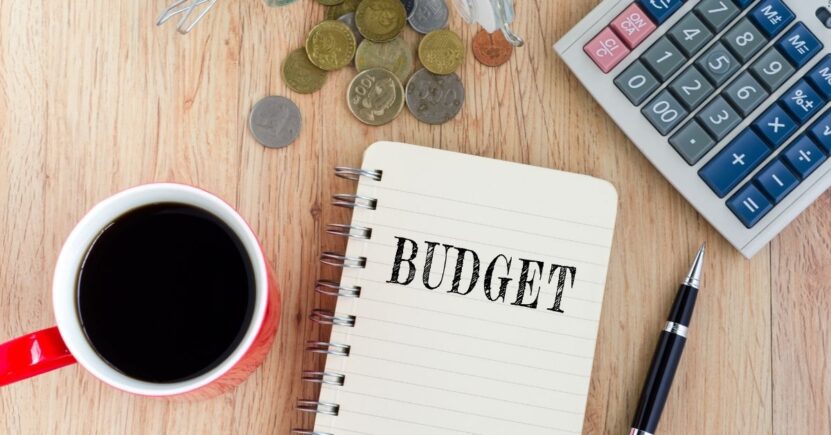
Before making any concrete decisions about the pool installation, it’s crucial to establish a realistic budget. A variety of factors come into play when determining the cost, such as size, type, materials used, and any additional features or accessories. It’s crucial to remember that while smaller pools are typically cheaper to install, their ongoing maintenance costs are often relatively similar to larger ones. Moreover, high-quality materials and additional features such as heating systems or underwater lighting will increase the upfront cost, but could save you money in the long run by minimizing future repairs or replacements.
Choosing the Right Type
There’s a myriad of pool types to choose from, each with its own price range. Above-ground pools are the most affordable, with some options available for under $1,000. However, they tend to have shorter lifespans than their in-ground counterparts. Vinyl liner types are another cost-effective choice, offering a wide range of customization options, but they require the liner to be replaced every 7 to 10 years. Fiberglass pools are more expensive initially, but they have the lowest lifetime cost due to their durability and minimal maintenance needs. The right type for you will balance your budget with your long-term expectations and desires for your pool.
Planning and Design
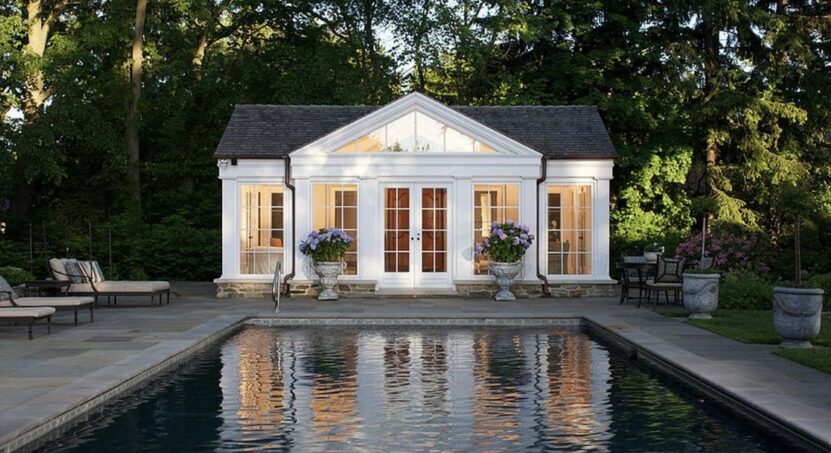
Strategic planning and design can also help optimize affordability. The pool’s size and shape are key factors to consider. Rectangular ones are often cheaper to install because they require less complex excavation and are easier to cover. The location of your pool in your yard is another important consideration. Installing your project on a flat, open space can save on excavation and site preparation costs. However, you might want to consider a location that benefits from natural windbreaks or shade to help with energy costs.
DIY vs. Professional Installation
Installing a pool is a substantial project, and you may be contemplating whether to tackle it yourself or hire professionals such as LittlePools. A DIY installation could potentially save you a significant amount of money upfront, but it requires considerable time, effort, and skill. It’s also essential to be aware of local building codes and regulations. Professional installation, on the other hand, might be more expensive, but it comes with the assurance of quality and compliance with local regulations. Your decision should be based on an honest assessment of your skills, resources, and the complexity of the project you’re contemplating.
Exploring Second-Hand Options
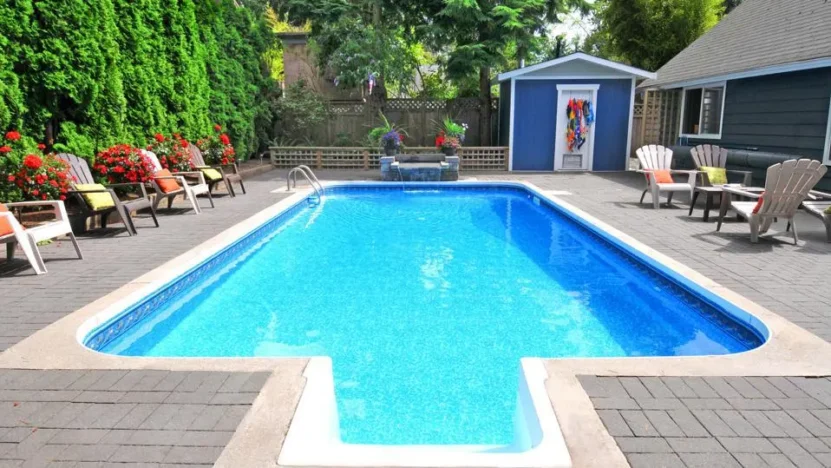
Purchasing a second-hand or pre-owned pool can be a cost-effective solution. Many people sell their above-ground pools, and even some fiberglass or vinyl liner ones, when they move or upgrade. You’ll need to carefully assess the pool’s condition, and bear in mind that you might incur costs for its disassembly, relocation, and reassembly. However, with due diligence, this could be a significant money-saving option.
Financing Options
When considering pool financing options, it’s essential to explore the various avenues available to you. Personal loans from banks or credit unions can be a viable choice, providing you with the necessary funds to finance your installation. Another option is a home equity loan, which allows you to borrow against the equity in your home.
This option often offers lower interest rates and may be tax-deductible, making it an attractive option for many homeowners. Additionally, some companies offer their own financing plans, providing convenient options with competitive interest rates and flexible repayment schedules. Take the time to thoroughly research and compare these financing options, considering factors such as interest rates, repayment terms, and any potential penalties or fees that may apply.
Pool Maintenance Considerations
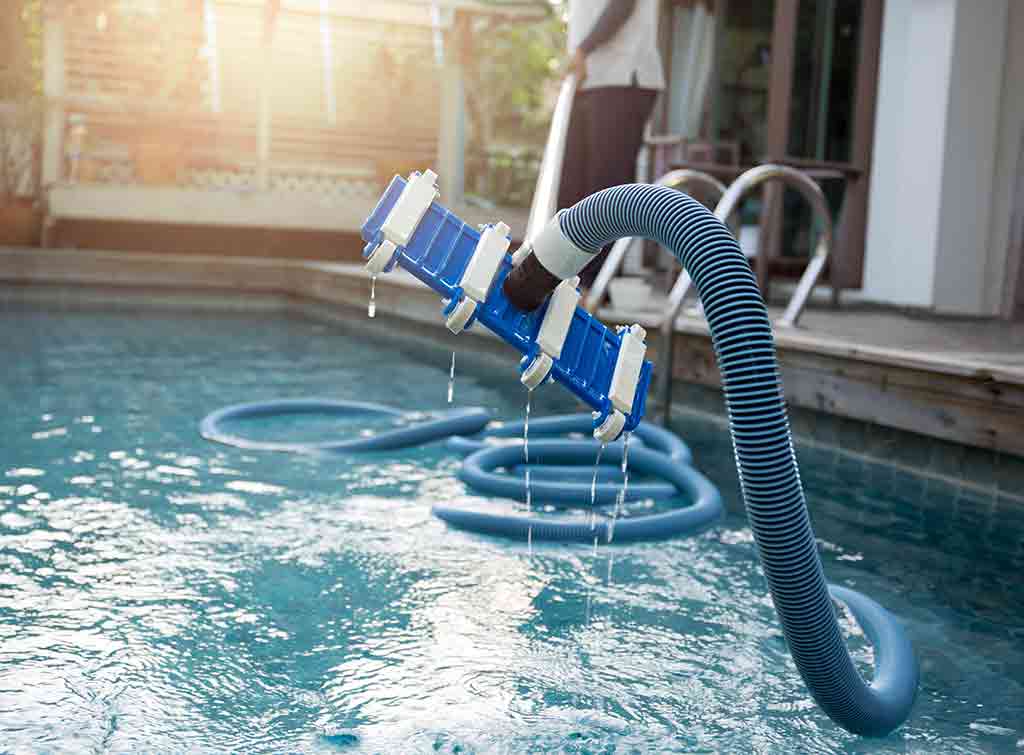
When budgeting for your pool, it’s crucial to account for ongoing maintenance costs to ensure the long-term enjoyment and durability of your investment. Regular cleaning, water testing, and balancing are necessary to maintain a clean and safe swimming environment. Additionally, equipment upkeep, such as servicing the pump and filtration system, should be considered.
To help reduce these maintenance costs over time, consider investing in energy-efficient pool equipment. For instance, an energy-efficient pool pump, such as a variable-speed pump, consumes less energy while still efficiently circulating the water. Furthermore, a good quality cover can help minimize water evaporation, reduce chemical usage, and keep debris out, resulting in cost savings over time.
Energy Efficiency
Choosing energy-efficient options for your pool can lead to significant long-term savings while minimizing the environmental impact. A variable-speed pump is an excellent investment as it allows you to adjust the pump’s speed according to your needs, reducing energy consumption compared to traditional single-speed pumps. Additionally, solar heating systems can harness the power of the sun to heat your pool water, reducing the reliance on electricity or gas heaters.
LED lights are another energy-efficient choice, consuming less energy and lasting longer than traditional incandescent lights. By incorporating energy-efficient features from the outset of your pool installation, you can enjoy cost savings on your energy bills and contribute to a more sustainable and eco-friendly operation. It’s worth considering these energy-saving options to not only reduce long-term expenses but also to contribute to a greener future.
Maximizing Space
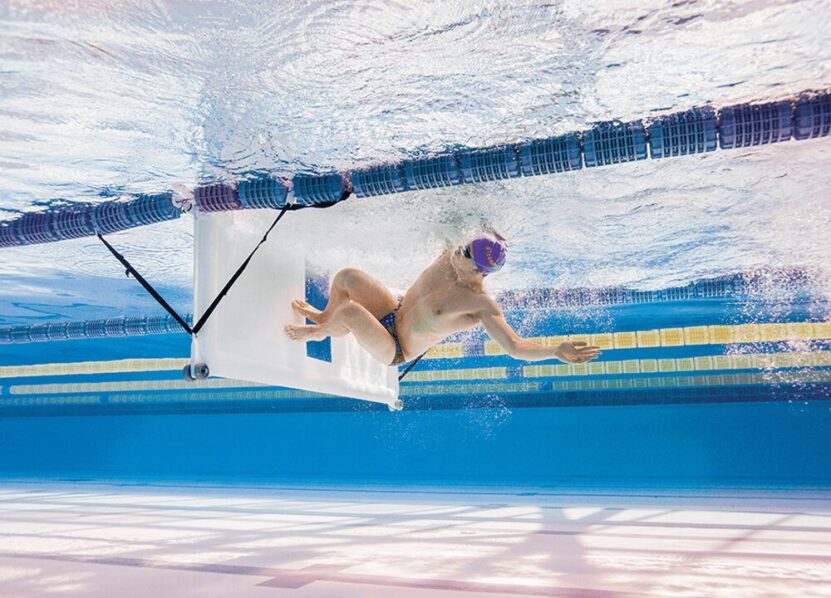
Maximizing your available space can help you get the most out of your budget. For example, you might not need a full-sized pool if your primary use is relaxation and cooling off. A smaller one or a plunge pool could be a cost-effective alternative. Similarly, optimizing your decking area and landscaping can enhance the overall aesthetics and usability of your entire area without significantly adding to the cost.
Accessories and Features
Budget-friendly pool accessories and features can enhance the overall pool experience. The covers can help maintain water temperature, reduce evaporation, and keep debris out, potentially saving on heating and cleaning costs. Water features like waterfalls or fountains can add a touch of luxury at a relatively low cost. Efficient lighting can enhance safety and create a lovely ambiance without significantly increasing energy costs.
Conclusion
With careful planning, research, and budgeting, installing a pool for your home can be an affordable reality. The key is to balance your initial budget with the long-term maintenance costs, making wise choices about the pool type, design, and features. With these guidelines, you can make waves in your own backyard without making waves in your budget.
